
Find all the normal reaction NAG,NBG,N(AB) and the acceleration of A and B (All surfaces are friction less):
(a) NAG=100N,aA=2ms2
(b) NBG=50N,NBG=150N,aa=aB=0
(c ) NAG=100N,NBG=50N,NAB=20N,aA=aB=2
(d) NBG=50N,NAG=150N,aA=2,aB=0
Topper's Solved these Questions
- CENGAGE PHYSICS DPPBOOK - CENGAGE PHYSICSCHAPTER - CENGAGE PHYSICS DPPEXERCISE - single correct type
14 Videos
- CAPACITOR AND CAPACITANCEBOOK - CENGAGE PHYSICSCHAPTER - CAPACITOR AND CAPACITANCEEXERCISE - Integer
5 Videos
- CENTRE OF MASS CONVERSATION OF MOMENTUM AND COLLISIONBOOK - CENGAGE PHYSICSCHAPTER - CENTRE OF MASS CONVERSATION OF MOMENTUM AND COLLISIONEXERCISE - Question Bank
38 Videos
Similar Questions
Consider4 the situation shown in figure. Bothe the pulleys and the string are light and all the surfaces are friction less. a. Find the acceleration of the mass M. b. Find the tension in the string c. Calculate the force exerted by the clamp on the pulley A in the figure.
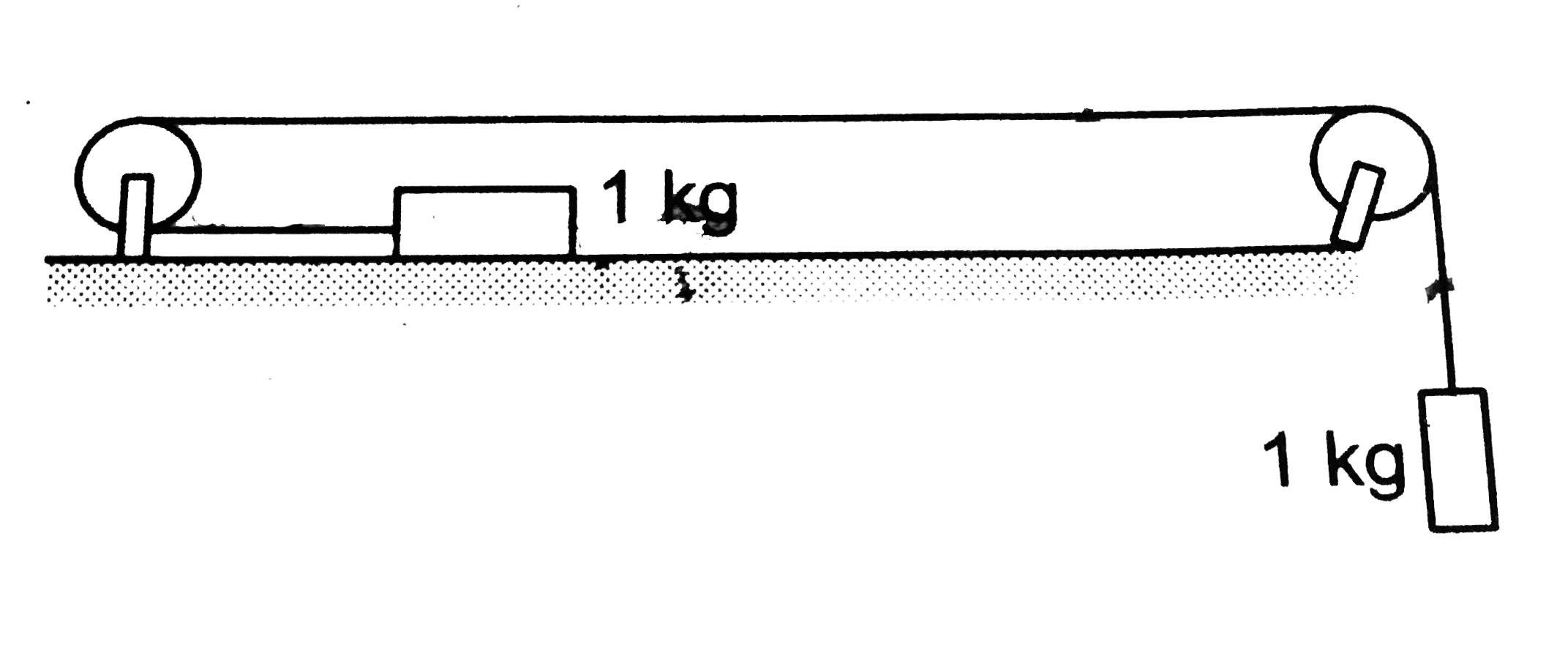
View SolutionIn the sitution shown in figure there is no friction between 2kg and ground.
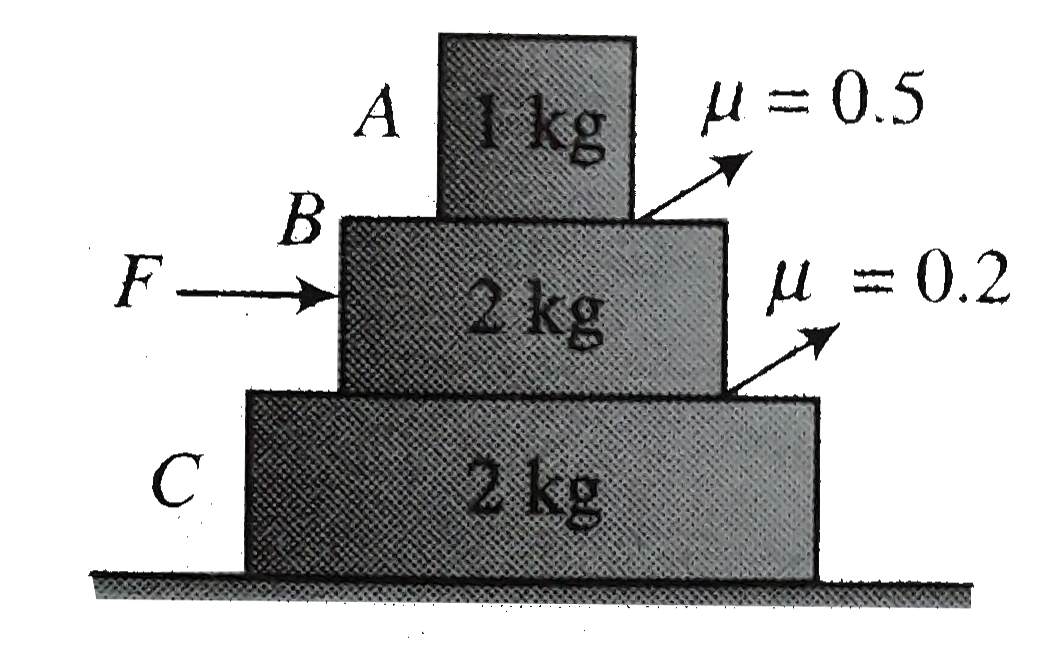
a. For what maximum value of force F can all three blocks move together?
b. Find the value of force F at which sliding starts at other rough surfaces.
c. Find acceleration of all blocks, nature and value of friction force for the following values of force F (i) 10N (ii) N and (iii) 25N
View Solution
Knowledge Check
Consider the shown arrangement. Assume all surfaces to be smooth. If N represents magnitudes of normal reaction between block and wedge, then acceleration of M along horizontal is equla to
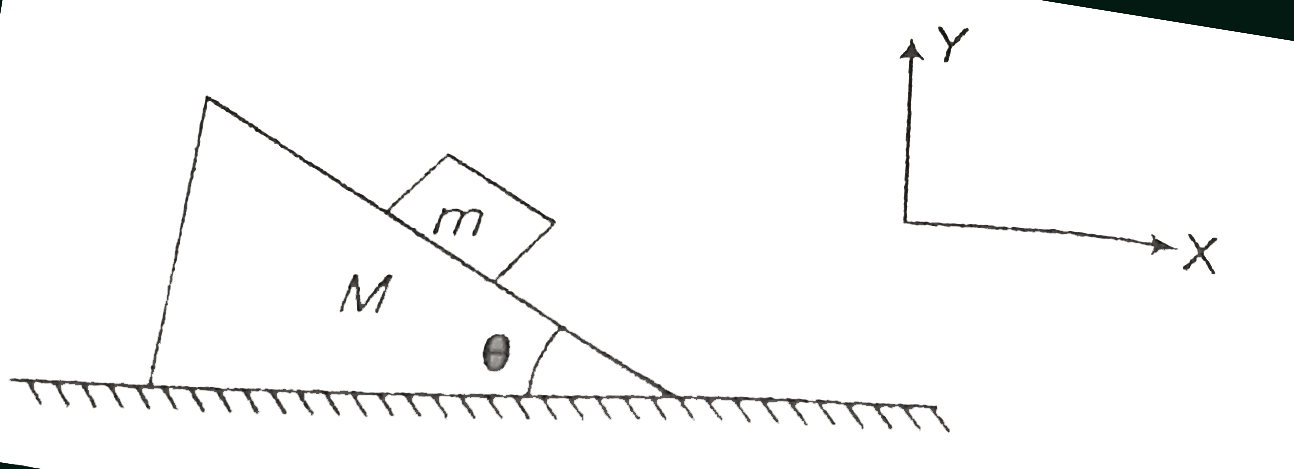 ANsinθM along + veX-axisBNcosθM along - veX-axisCNsinθM along - veX-axisDNsinθm+M along - veX-axis
ANsinθM along + veX-axisBNcosθM along - veX-axisCNsinθM along - veX-axisDNsinθm+M along - veX-axisFor all n∈N,Σn
A<(2n+1)28B>(2n+1)28C=(2n+1)28Dnone of theseIf μ, N and S represent coefficient of friction, normal reaction and distance moved, then the general expression for work against friction is
AμNSBμNSCμSNDSμN
The system shown in fig. is given an acceleration a towards left. Assuming all the surfaces to be frictionless, find the normal reactions applied by wedge on the sphere.
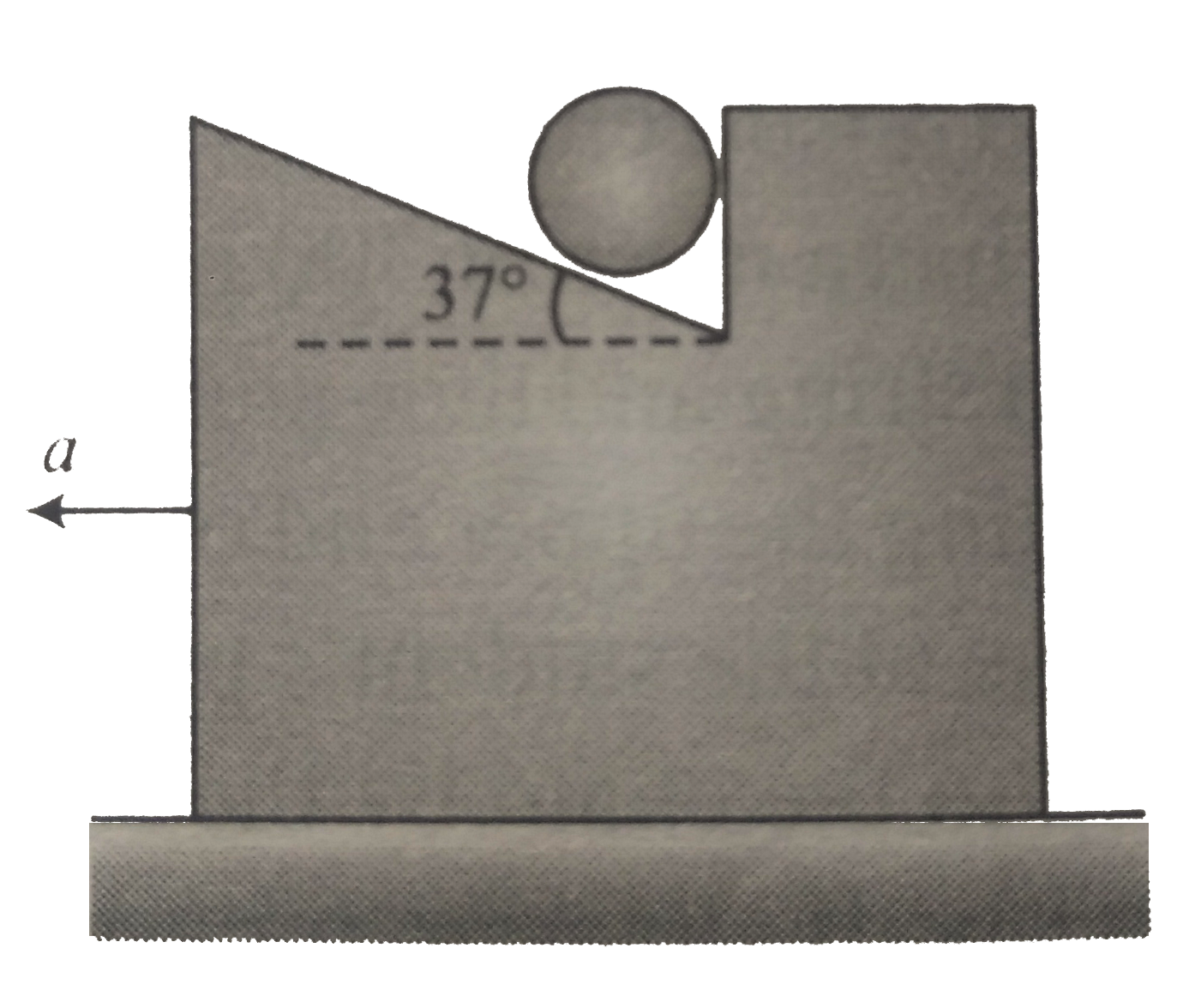
View SolutionA car moves with a constant speed on a road. The normal reaction exerted by the road on the car is NAandNB when it is at the points A and B respectively, then

View SolutionConsider three blocks placed one over the other as shown in Fig. Let as now pull the blocks with the force of magnitudes 18N,100N and 15N Take m1=m2=m3=10kg If the coefficient of static and kinetic friction between all contacting surface are μg=0.2 respectively find the
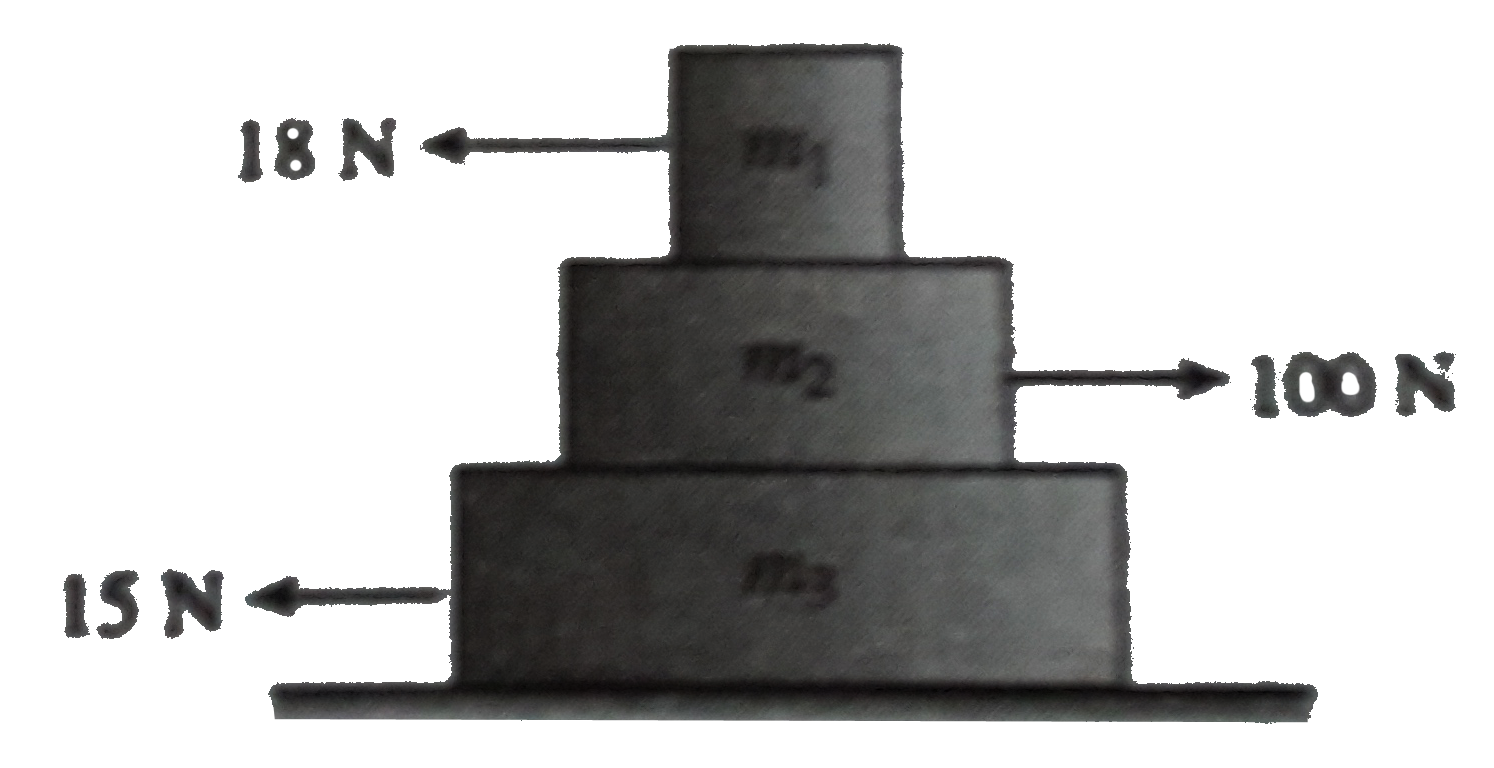
(a) Acceleration of the block s
(b) Friction at each surface
View Solution
All surfaces are rough . Draw the friction force on A & B
View SolutionFigure shows three blocks on a rough surface under the influene of a force P of the same magnitude in all the three cases. Coefficient of friction is the same between each block and the ground. What possile relation holds between the magnitudes of normal reaction and friction force?(Assume that the blocks do not overturn about edge.) Here fA,fB and fC are frictional forces and NA,NB and NC are reactions.

View Solution